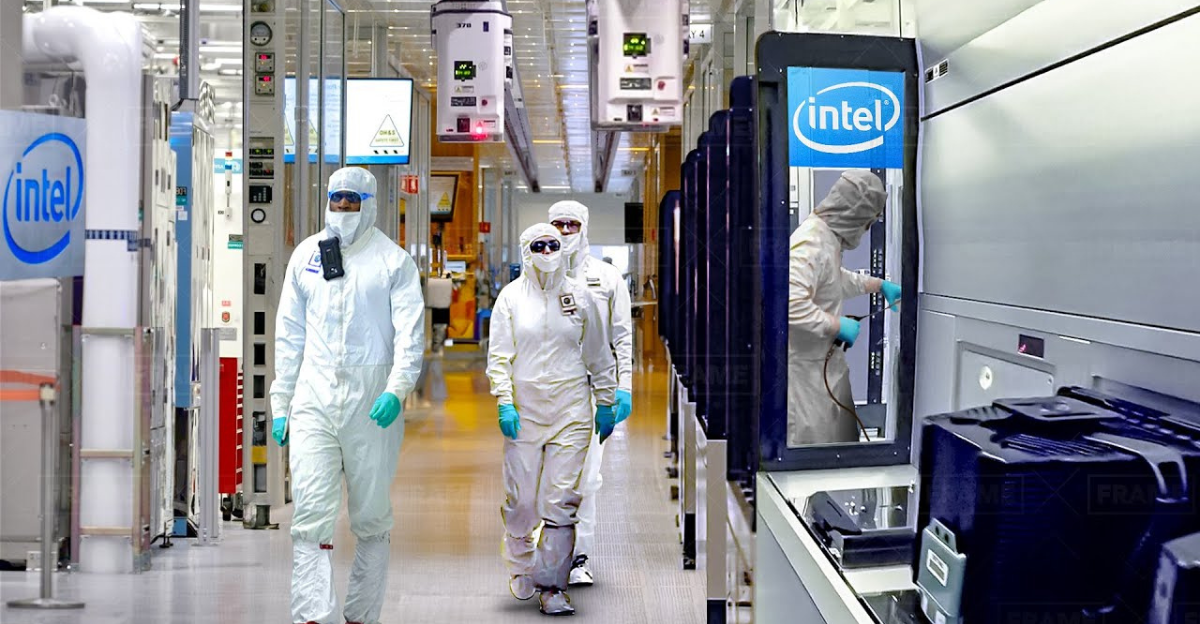
This year, 2025, has already been a bloodbath for workers across the tech world and beyond. One by one, the giants have swung the axe, Microsoft let go of over 15,000, Meta shed another 8,000, Tesla slashed more than 6,000, and Amazon… well, they’ve stopped counting out loud. It looked like, for a moment, the worst had passed.
Then came Intel. With plans to cut over 24,000 jobs and cancel some of the most ambitious projects in its history, the company has added fuel to a fire that’s already scorching the industry. Call it what you want, but what’s happening now looks a lot like unraveling.
Background

Behind all the headlines and pink slips is a company that’s been quietly bleeding. Intel’s recent quarters haven’t been kind, with slipping revenue, shrinking margins, and losses piling up faster than progress.
Intel posted a $2.9 billion loss in Q2, with a big part of that tied to restructuring costs they can’t keep brushing aside. The days of easy wins are over. Now they’re juggling competition, market shifts, and their own mistakes just to stay in the game.
The Layoff Crisis
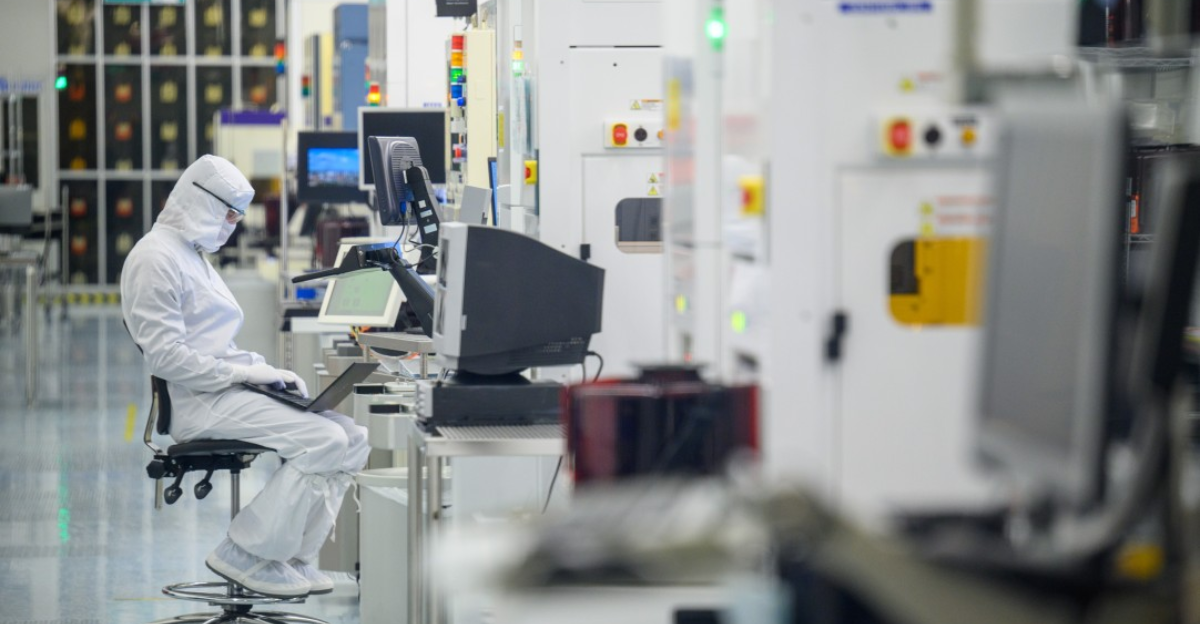
These aren’t minor adjustments anymore. Intel is slicing into areas that matter. Over 24,000 jobs are on the chopping block, one of the most aggressive layoffs the company has ever announced. Engineers, technicians, and operations staff, no one’s immune. Some were caught mid-project, others mid-career.
Behind every layoff are families, futures, and years of experience walking out the door as Intel tries to stop the financial bleeding. For a company once viewed as untouchable, this wave of cuts feels like a confession. Big names. Big trouble. And who does the fallout land on? You guessed it…the employees!
Why Layoffs Keep Coming and What It Says About the Industry

This didn’t start with Intel. The path was already crowded with layoffs from tech giants. One company falls, the next follows. And while investors might see “streamlining,” workers see a pattern that’s starting to feel like a sentence. Entire communities built around these jobs are bracing for impact, cafes, schools, and transit routes, all shaken by every press release. There’s also a creeping fear in the air: what happens when the best minds in tech stop trusting the system? When job security becomes a myth, innovation suffers.
Abandoned Mega-Projects and Global Retrenchment
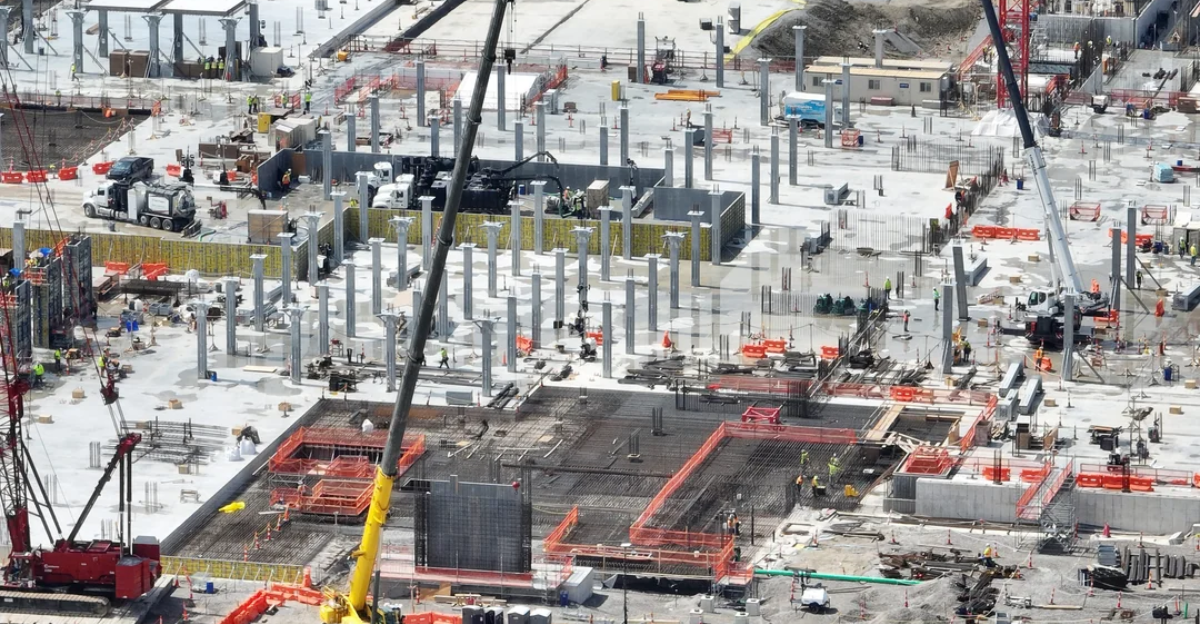
The layoffs were only half the blow. Intel is also walking away from some of its boldest global bets. Intel pulled the plug on the chip plants in Germany and Poland. Costa Rica’s packaging hub is being scaled back. And the $28 billion Ohio site? Don’t hold your breath. Billions already spent, years of planning, gone.
It wasn’t just about concrete and steel. These projects were meant to show the world Intel still had some fight left in it. Now, they’ve become cautionary tales. The workforce cuts are just one part of the story. Intel is scaling down its global reach, backing away from former strongholds.
A Strategic Move Toward AI and Chip Development
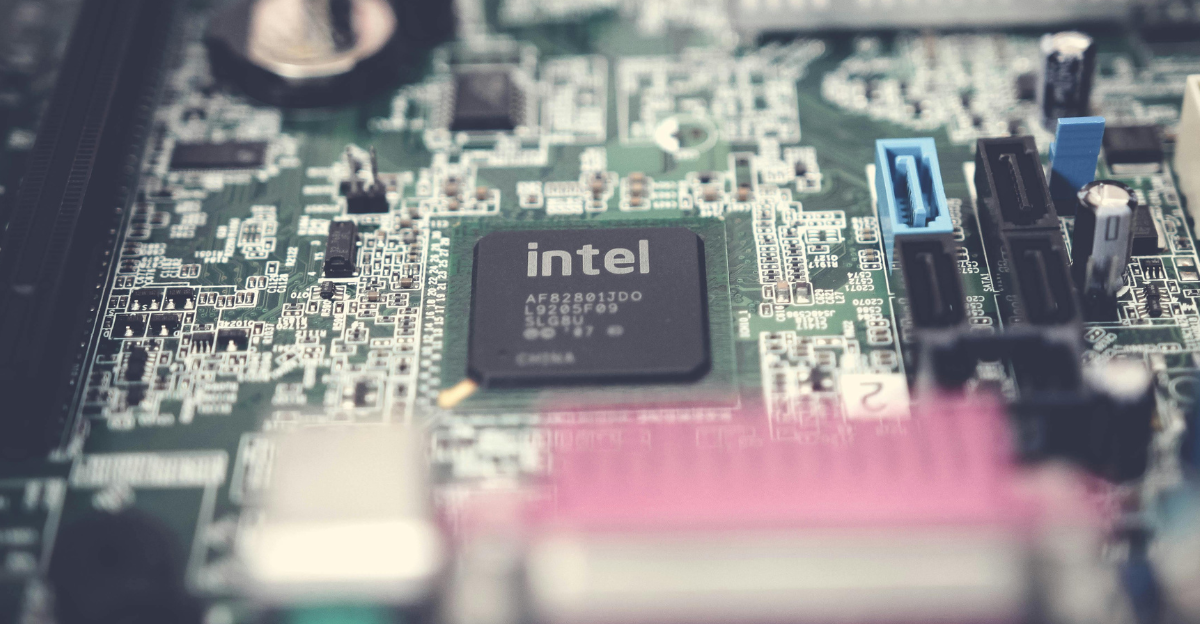
What’s left is a company trying to rebuild itself, moving slower, cutting back, and watching every step. The sprawling expansion plans are out. In their place is a tighter focus on what Intel hopes will be its lifeline: AI chips, advanced node development, and a return to engineering-first discipline.
It’s a back-to-basics move with a future-facing twist. Gone are the days of chasing scale for scale’s sake. Instead, Intel is betting everything on getting a few things right rather than doing everything at once. The question now is whether this stripped-down version can stand tall in a world moving faster than ever.
The Era of Blank Checks Is Over for This Company

Under Lip-Bu Tan, Intel’s done chasing vision without demand. No more billion-dollar bets without a customer. The era of speculative spending is over. Every project now needs a purpose, and a buyer. This new mantra, blunt as it sounds, marks a sharp departure from Intel’s past. For years, the company acted like size alone could guarantee relevance. It built, expanded, bet big, and assumed the world would follow. Not anymore. Tan’s made it clear. No more big spending without a plan. What matters now is a clear strategy, measured steps, and results that count.
Impact on Global Supply Chains and National Ambitions

Intel’s mega-projects were key pillars in global plans to diversify chip manufacturing and reduce reliance on Asia. Europe saw hope in the German and Polish fabs. The U.S. pinned its semiconductor revival on the Ohio facility. Now, those dreams are cracking.
The cancellations ripple far beyond Intel’s boardroom. What was supposed to be a reset is slipping back to old patterns. Supply chains are leaning east again, and governments are left with empty promises and half-finished plans. What looks like a business move also chips away at broader national goals, showing how quickly economic pressure can rewrite geopolitical plans.
Market Response and Competitor Advantage
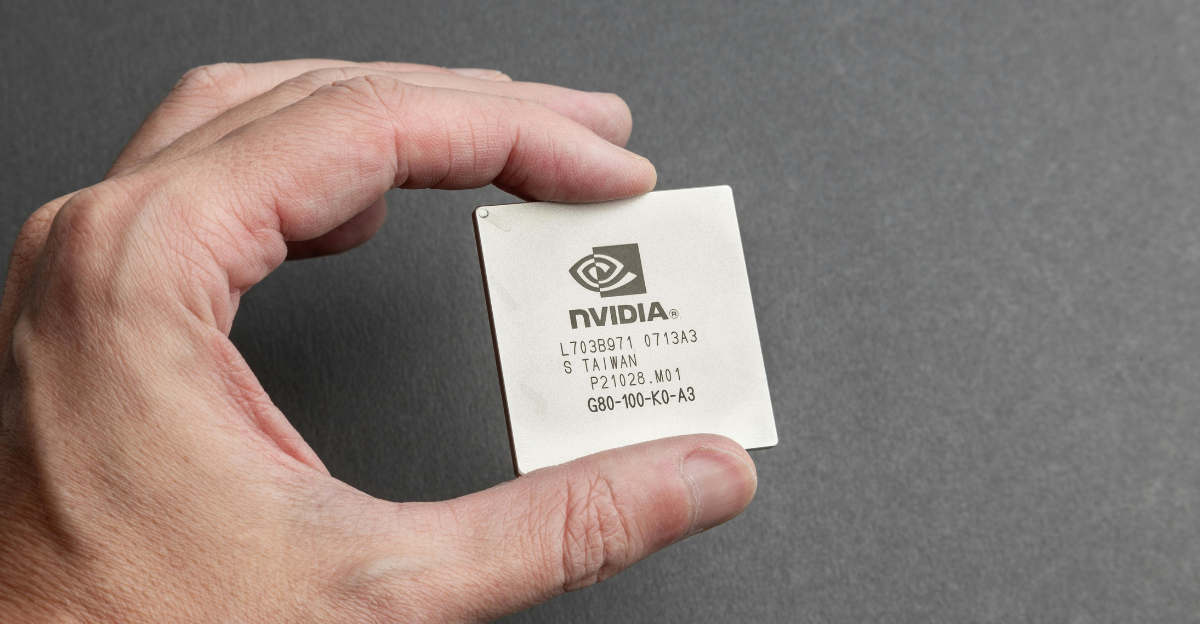
Wall Street barely blinked. Some investors even saw it as good news. Cutting costs, narrowing focus, it’s the kind of discipline the market likes on paper. But while Intel tries to rebuild itself brick by brick, rivals are sprinting ahead. Nvidia’s cashing in on its AI edge, TSMC’s still the gold standard in manufacturing, and AMD’s steadily claiming slices of the market Intel once dominated without question.
Customers are watching, too, and hesitation is growing. Reliability matters in semiconductors, and uncertainty breeds doubt. This reset may earn Intel short-term applause, but if competitors keep pulling ahead, that applause could turn into a final farewell hoorah.
What’s Next for Intel?
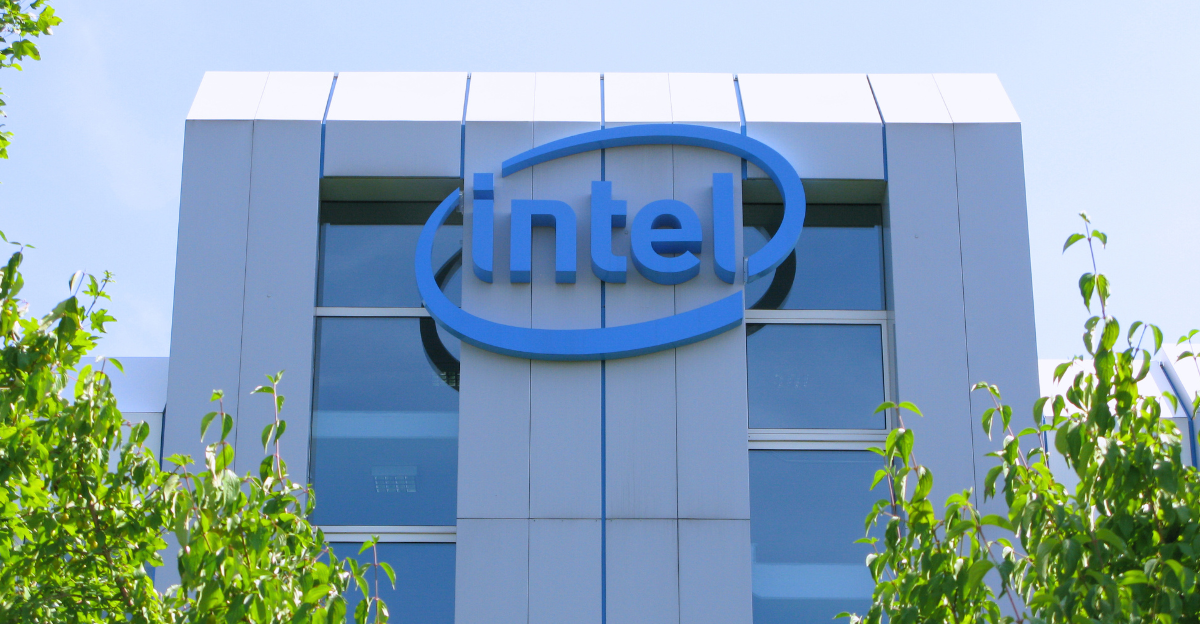
Intel’s shed the extras, but it’s still got a lot to prove. The layoffs, the cancellations, the strategic U-turn, they’ve all bought time, but not forgiveness. If the reset sticks, Intel could come back sharper and more in tune with the world it helped build. But if it falters, this may be remembered not as a turnaround, but a long, slow retreat from relevance. There’s not much time, and the pressure’s only growing. In a world that moves fast and forgets faster, even a company like Intel doesn’t get many do-overs.
